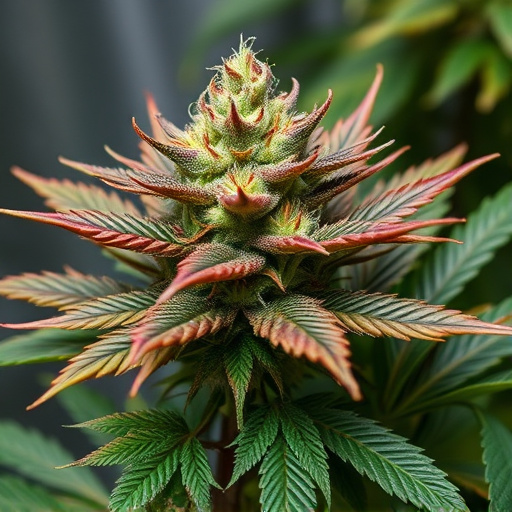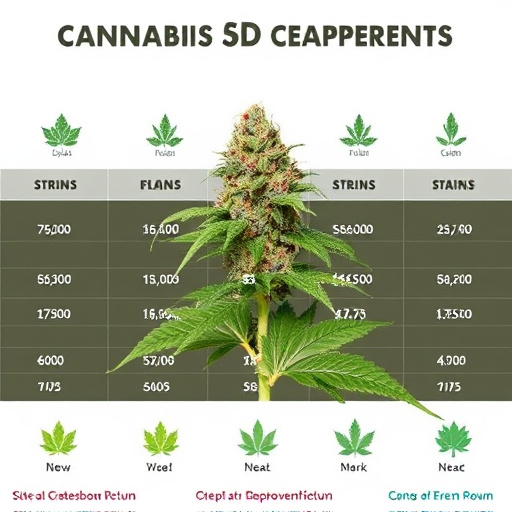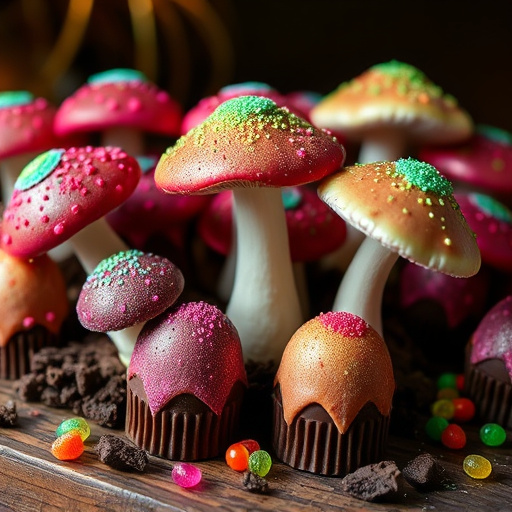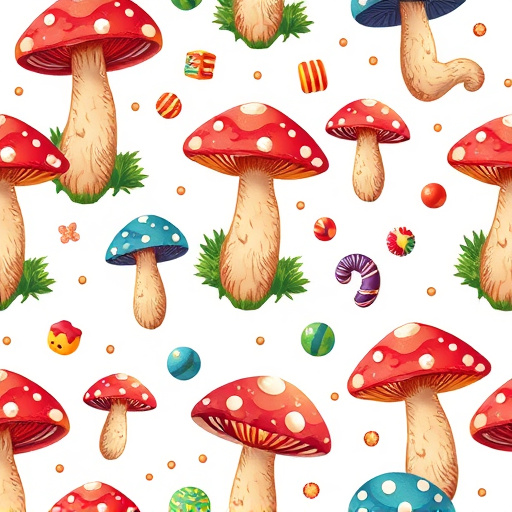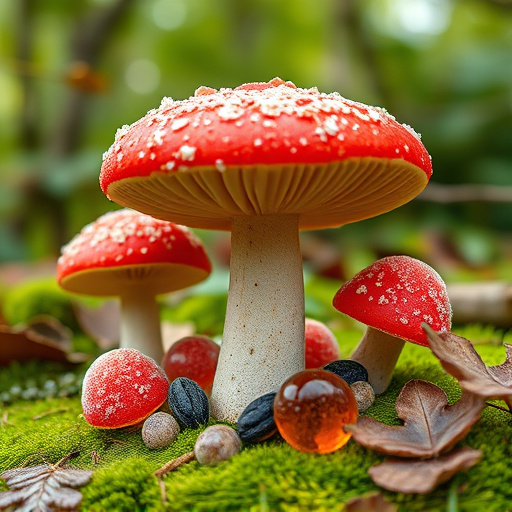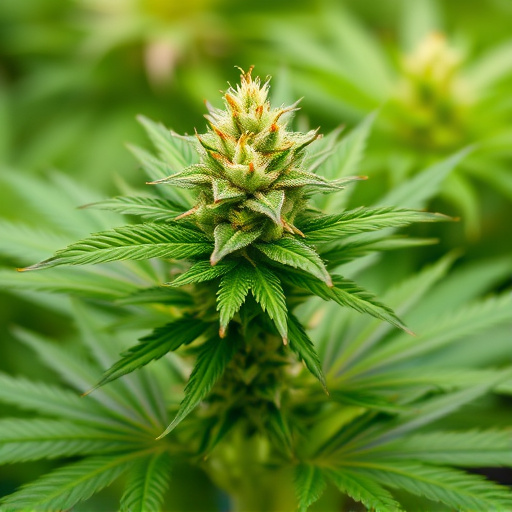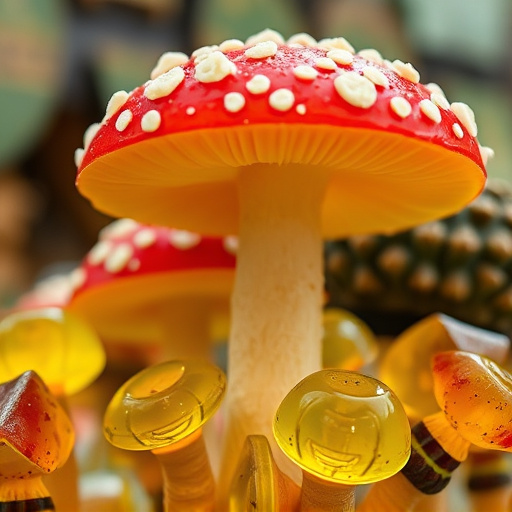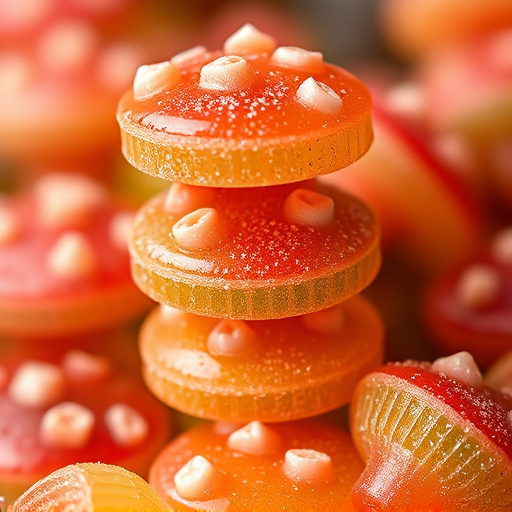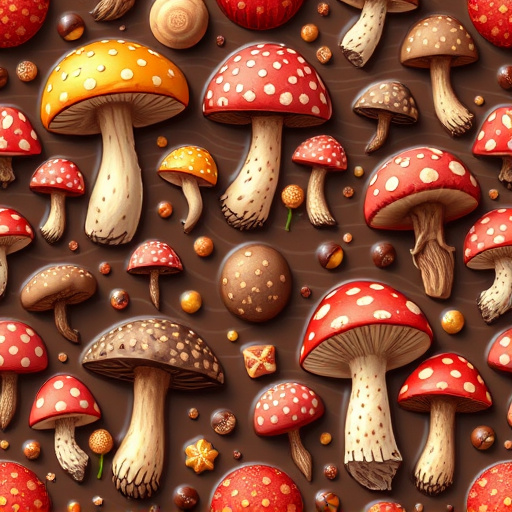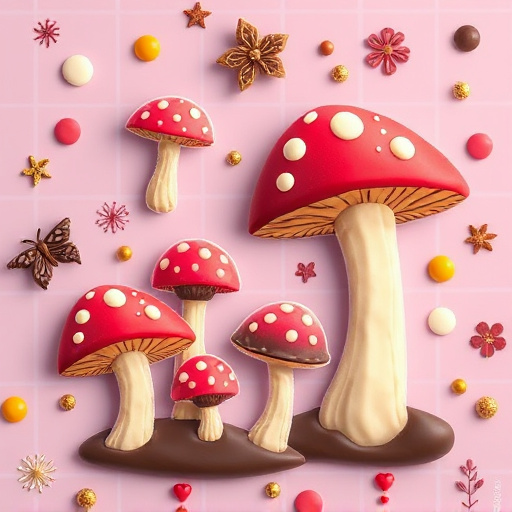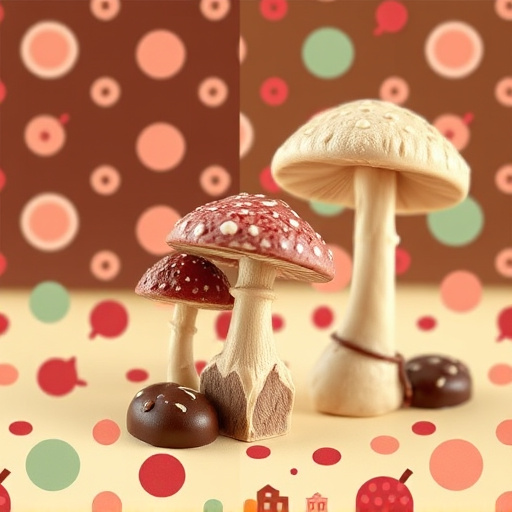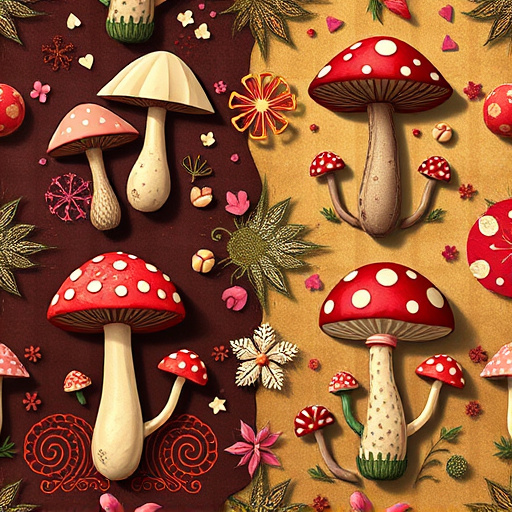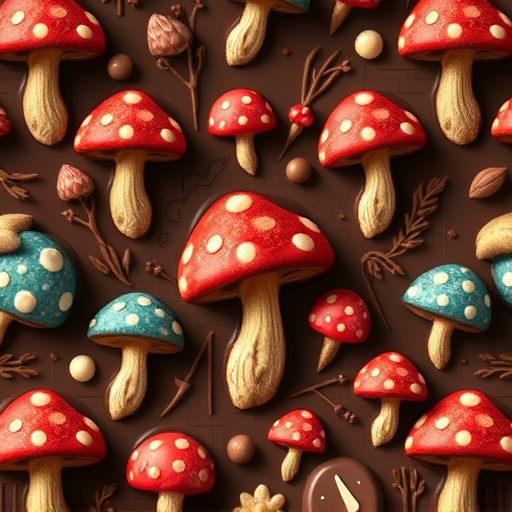The fusion of magic mushrooms with chocolate, rooted in ancient Mesoamerican cultures, combines therapeutic psilocybin with indulgent sensory experiences. This trend, fueled by growing interest in psychedelic therapy, has led to a vibrant market of infused chocolates. While offering potential mental health benefits, responsible consumption is crucial due to psilocybin's variable effects. The history and usage of magic mushroom chocolates reflect an intersection between culinary arts and mystical traditions, guided by modern scientific exploration.
In recent years, magic mushroom chocolates have emerged as a unique and intriguing culinary trend. This article delves into the fascinating history of magic mushrooms and their integration into chocolate treats. We explore the various types available on the market today, from subtle to intense flavors. Additionally, we dissect the potential benefits and risks associated with consuming these innovative confections, shedding light on responsible usage in the modern era.
- A Brief History of Magic Mushrooms and Their Integration into Chocolate
- The Different Types of Magic Mushroom Chocolates Available in the Market Today
- Exploring the Potential Benefits and Risks of Consuming Magic Mushroom Chocolates
A Brief History of Magic Mushrooms and Their Integration into Chocolate
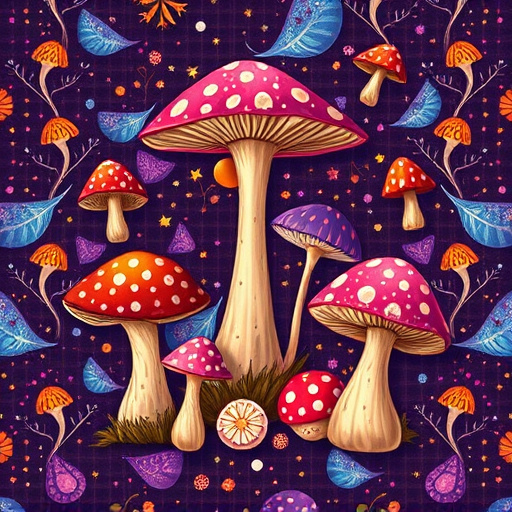
Magic mushrooms, scientifically known as Psilocybin mushrooms, have a rich history dating back thousands of years. Their use for spiritual and medicinal purposes has been documented across various ancient civilizations, including Mesoamerican cultures like the Maya and Aztec, who incorporated them into religious rituals and believed in their mystical properties. Over time, this practice spread globally, with indigenous tribes worldwide embracing these fungi for their mind-altering effects.
The integration of magic mushrooms into chocolate is a more recent development in the culinary world. As research into psilocybin’s therapeutic potential grew, so did interest in creating edible forms. Chocolate, known for its universal appeal and indulgent nature, became an ideal medium to mask the distinct taste of magic mushrooms while offering a unique sensory experience. This fusion has not only captured the imagination of food enthusiasts but also sparked curiosity among those interested in alternative wellness solutions.
The Different Types of Magic Mushroom Chocolates Available in the Market Today
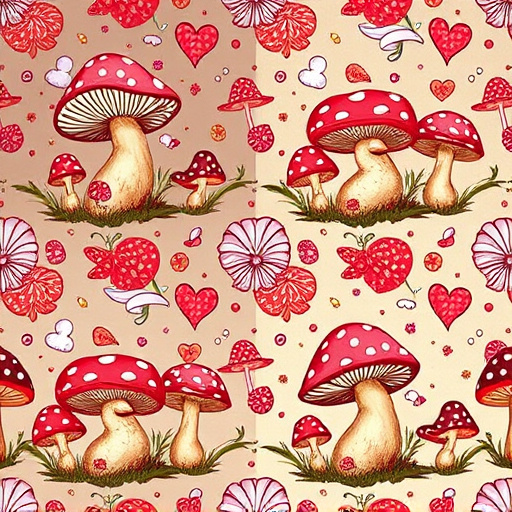
The history of magic mushroom chocolates is a fascinating journey that intertwines with the exploration of psilocybin mushrooms and their therapeutic potential. Over time, as the understanding of these mushrooms evolved, so did their incorporation into edible forms, leading to the creation of magic mushroom chocolates. Today, the market offers a diverse range of options catering to various tastes and preferences.
These chocolates come in numerous varieties, each with unique characteristics. Some popular types include dark chocolate infusions with psilocybin, milk chocolate blends offering a smoother experience, and white chocolate variants for those seeking a subtler taste. Additionally, craft chocolatiers experiment with different flavor combinations, such as pairing mushrooms with spices, fruits, or nuts, creating complex and intriguing flavors. The availability of magic mushroom chocolates has expanded due to advancements in cultivation techniques and increasing legal access in certain regions, making it easier for consumers to explore the sensory and potential therapeutic benefits associated with these unique treats.
Exploring the Potential Benefits and Risks of Consuming Magic Mushroom Chocolates
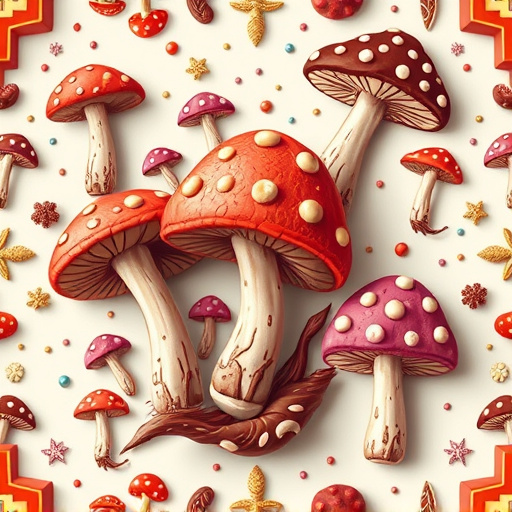
The history of magic mushroom chocolates usage dates back to ancient times, where mushrooms held cultural and medicinal significance in various societies. However, it’s only recently that modern science has begun to explore their potential therapeutic benefits. Studies suggest that certain compounds within psilocybin mushrooms, when ingested in controlled doses, could offer advantages for mental health treatments, including alleviating anxiety, depression, and post-traumatic stress disorder (PTSD). These findings have sparked a renewed interest in magic mushroom chocolates as a novel approach to well-being.
Despite these potential benefits, it’s crucial to acknowledge the risks associated with consuming magic mushroom chocolates. Psilocybin, the active compound, can induce intense psychological effects, ranging from euphoria and altered perceptions to anxiety and paranoia. These experiences are highly variable among individuals, influenced by factors like dosage, setting, and personal mindset. As such, accessing magic mushroom chocolates responsibly requires careful consideration of one’s mental state, surroundings, and seeking guidance from healthcare professionals or experts in psychedelic-assisted therapy.
The integration of magic mushrooms into chocolate treats represents a unique fusion of ancient entheogenic traditions and modern culinary innovation. As interest in alternative wellness solutions grows, magic mushroom chocolates have emerged as a popular choice for those seeking enhanced experiences and potential therapeutic benefits. However, it’s crucial to approach this trend with informed caution, considering both the promising applications and the inherent risks associated with psychotropic substances. Understanding the history of magic mushroom usage, exploring the diverse market offerings, and weighing the pros and cons can empower consumers to make responsible choices when indulging in this intriguing confectionery category.
